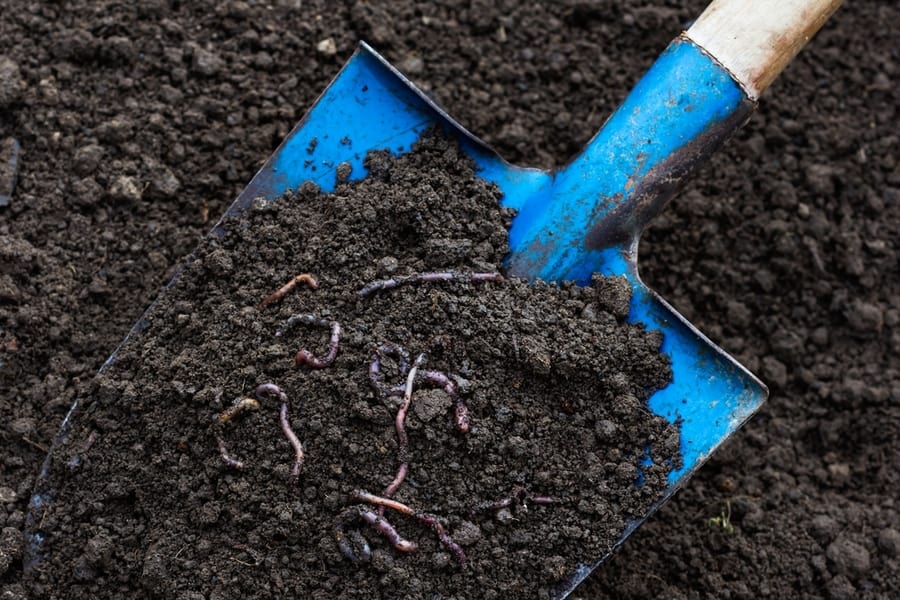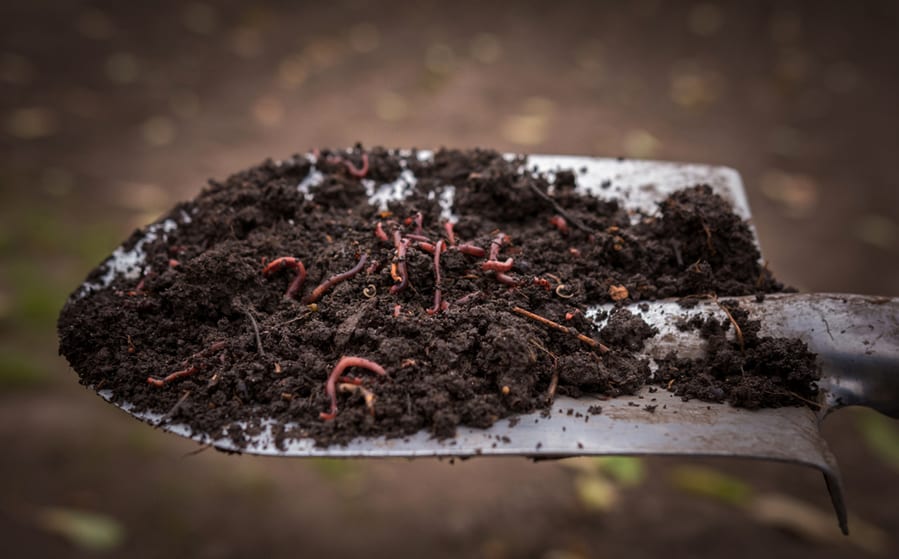
It is interesting to know that people use worms for various reasons.
Worms can be used for composting and feeding animals like fish, pet lizards, or turtles.
Also, the beauty industry is notable for using earthworm feces for its products as it is suitable for human skin.
The various uses of worms make it essential to know how to catch worms.
For instance, if you are into fishing, you would always need worms, and going to the grocery store or gas station to get worms every time might not be the most convenient or cheapest way to gather worms.
Other alternatives can be employed to catch and pick worms for your use, and one affordable option is catching the worms in your backyard. Gathering worms for personal use is challenging, mainly when collecting them from your backyard.
Therefore, learning the “tricks” of catching worms in your backyard at home is essential.
People catch their worms using various methods, such as buying them from grocery stores. However, gathering your worms in your backyard seems the easiest and most accessible way.
Below are some points to note when gathering worms in your backyard:
- If you are digging for worms, the first and most important step is to arrange your equipment for gathering the worms. The major equipment you would need for this exercise includes; a spade or a shovel, a container to keep the worms, and wet soil and leaves to fill the container.
- You can gather worms in your backyard by digging in the ground for worms. Worms are usually in moist, dark environments. Thus, digging the ground close to water or streams is a smart tip for gathering as many worms as possible.
- Try not to make noise while digging because worms are very sensitive to noise and vibrations.
- The “cardboard method” is a simple and effective tip for gathering worms in the backyard.
- Gathering the worms in the evening or after the sun sets is advisable.
- Avoid using soapy water when gathering the worms because it can ruin your lawn or kill delicate plants.
You will find these helpful tips while catching the worms in your backyard. Also, it would help to wear protective clothes while gathering the worms to avoid staining yourself with dirt in the backyard.
We will discuss specific ways of catching worms in your backyard and answer FAQs that would enlighten you more about this topic.
It would be best if you kept reading to identify the ways to catch as many worms as possible within a short period.
5 Ways To Catch Worms in Your Backyard

You might need to gather worms for a wide range of reasons. Worms like the earthworm are usually used as bait for anglers.
They are also an important part of a healthy garden and are important in compost areas to turn organic matter into nutritious soil for your crops.
Due to various reasons, worms have specific periods during which they are active. Thus, knowing when and how to catch worms for your garden, compost pile, or pets would make the task easier and faster.
1. The Digging Method

Worms are usually in dark, moist areas, so getting them on the ground’s surface would not be easy. Thus, it is important to dig in the ground to find them.
Before setting out to dig for worms, it is necessary to gather your equipment. The equipment for this exercise is a spade/shovel and a container filled with moist soil and leaves to keep the worms after you find them.
Also, it is advisable to wear protective clothes like kneecaps, old clothes, and garden boots.
After arranging the things you need, you can start digging. To dig for worms, you can select a portion in your backyard and start digging to sift worms in the soil.
It would also help to try and dig quietly, so the vibrations from your digging don’t scare the worms away. While digging, you can also check under the rocks, logs, or any rotten item lying on the floor because you would find a lot of worms there.
2. Cardboard Method

This is most likely the easiest way to catch worms in your backyard. You can do this by leaving brown, flat, wet cardboard in your backyard to attract the worms in your backyard.
Cardboards attract worms because they serve as perfect bedding and can also eat them.
To get the maximum effect, leaving the cardboard the night before gathering the worms is advisable.
3. Rainstorm Method

Worms need to stay wet to survive, so going out to get them during or after rainfall would allow you to get a lot of them easily. There are various reasons why they do this, one to avoid drowning.
Worms breathe through their skin because they do not have lungs. Therefore, staying in moist soil would provide them with the right moisture and oxygen to survive.
Worms move better in saturated soils, so they come out more during or after the rain to make them move easier.
Some theories also believe that the sound of the rain makes the worms believe that moles are coming to attack them, so they make a line on the surface of the soil while it is raining to escape the moles.
Therefore, if you need a lot of worms, it is advisable to get them after or during rainfall.
4. Night Method

Catching worms at night is a great method because you may not have to dig for the worms in the night like you would during the day.
This is because worms come to the surface of the soil at night to feed on organic matter. To gather worms at night, you need a flashlight that is not very bright because worms can sense light.
Also, you would need a shovel or spade to pack the worms for storage. It would also help to get a plastic, metal, styrofoam, or glass container to keep the worms after gathering.
This container should contain wet soil and leaves to provide food and moisture for the worms. Gathering the worms as quickly as possible is advisable because they can sense your vibrations and burrow back into the soil.
5. Vibration Method

This method entails imitating moles’ vibrations as they dig through the ground, looking for worms to predate.
When the worms hear these vibrations, they will come to the soil’s surface to escape the moles that they assume are near, and you can gather them when they come out.
To create these vibrations, you would need a container for your worm, a wooden stake with one pointed edge and one flat end, and a metal file or roping iron. You will use the metal file to drive the wooden stake halfway into the ground.
After this, you will run the metal file over the wooden stake at a steady pace to imitate the vibrations moles produce. It is advisable to perform this exercise in a shady field with damp soil.
Conclusion
Worms come to the surface at different times for different reasons, and gathering worms is a free and interesting activity for you and the kids.
There are many ways you can gather worms for your personal use.
Some common ways we discussed in this article include the digging method, the rain method, the cardboard method, hunting worms at night, and enticing worms with vibrations.
Frequently Asked Questions
How Do You Store Worms?
After successfully gathering your worms, it is important to store them properly, so they don’t die before you use them. You can store your worms in the following ways:
- You can store them in a styrofoam, plastic, or glass cooler.
- Keep some dirt or organic waste material to feed the worms in the container. You can also add moist soil and leaves to keep the worms wet.
- You may need some bedding, like brown cardboard, to keep the worms.
- For long-term storage, you can build a worm farm.
What Are the Most Common Worms Used by Humans?
There are different species of worms on earth; while some are microscopic, others are not. Humans have learned to use worms in areas like fish farming, cosmetics, medicine, etc.
Some of the common species humans make use of include the following:
- Nightcrawlers
- Flukeworms
- Silkworms
- Bloodworms
- Mealworms
- Redworms









